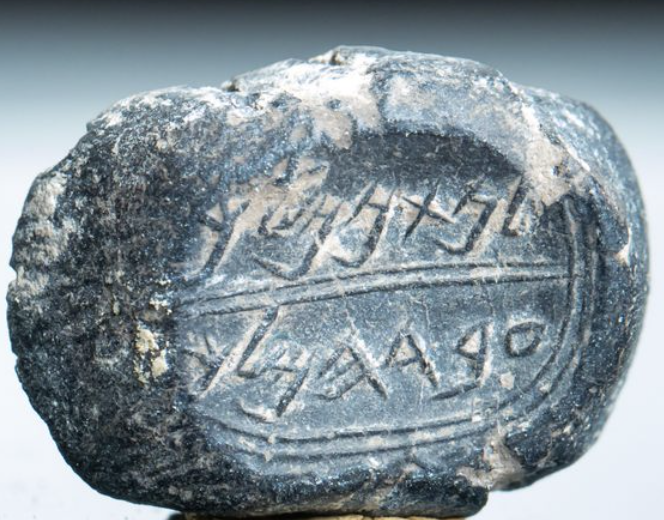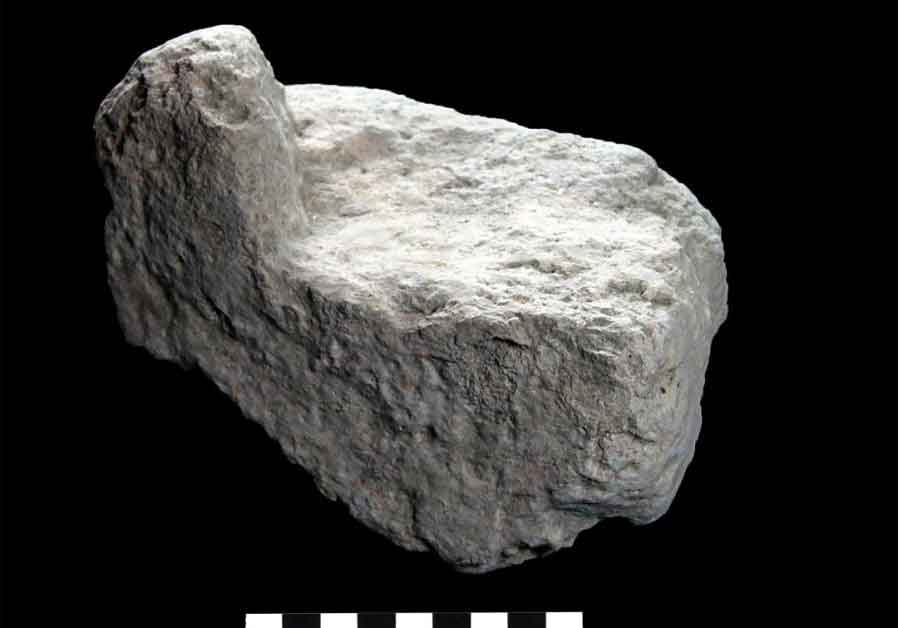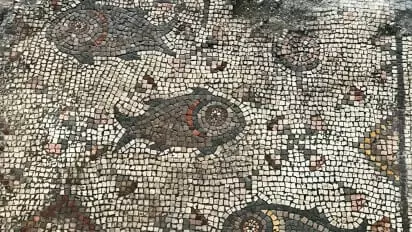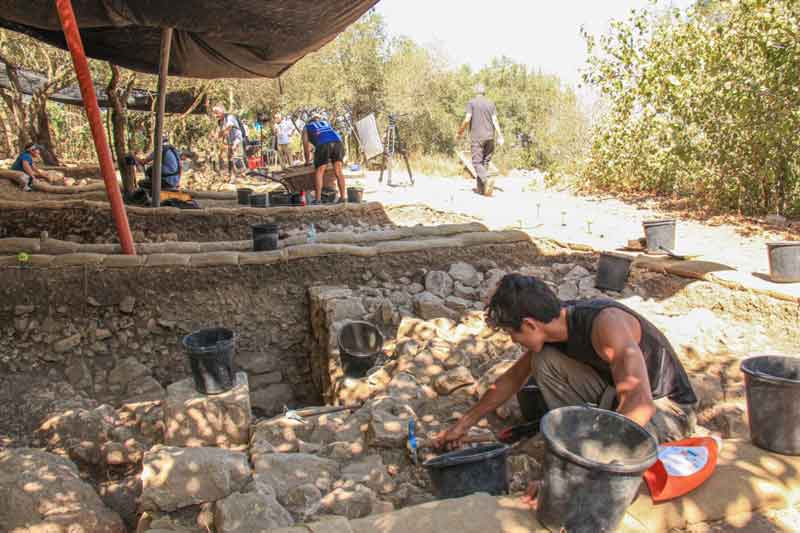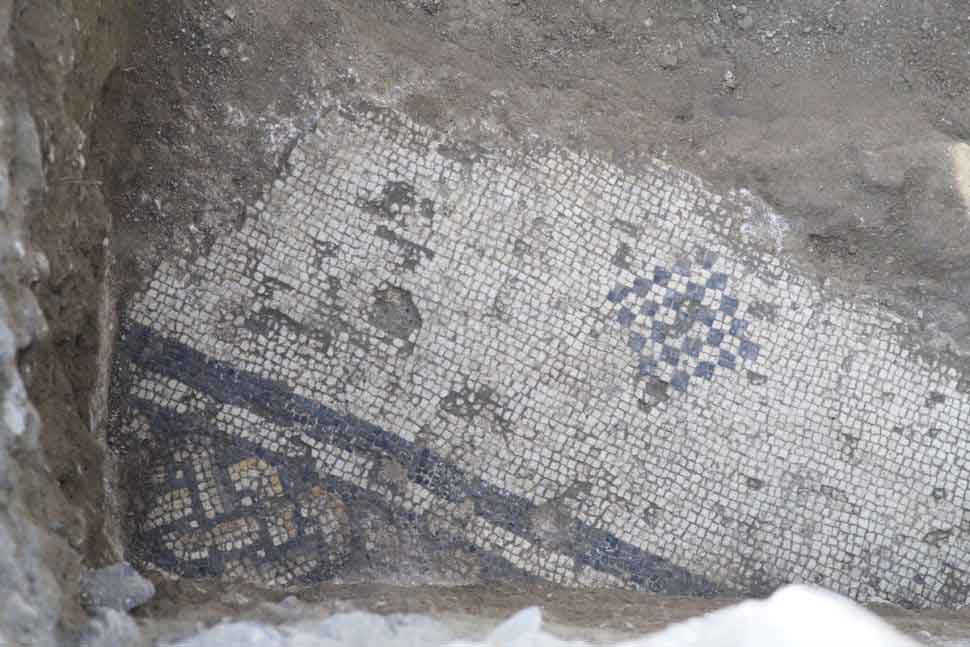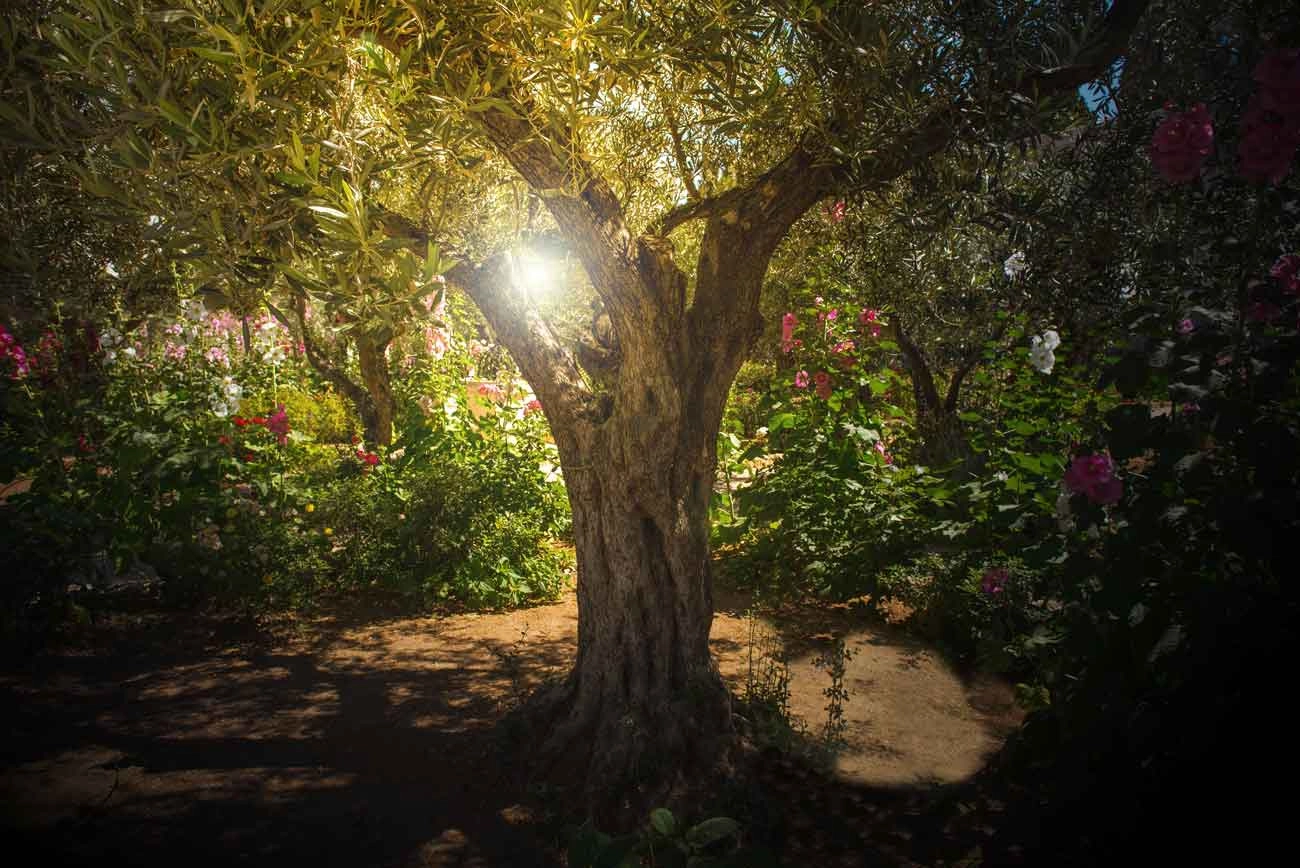Biblical Archaeology Discoveries Found Across Israel
Biblical archaeology discoveries make headlines every year as researchers, professors, archeologists, and history enthusiasts converge in Israel on their quest for remarkable findings.
While Israel is undoubtedly the setting for the events of the Bible, the discovery of the evidence always adds an exciting dimension. In a country like Israel, evidence is only slightly beneath the surface, though that surface might be covered by a high-rise building or a parking lot! Great care is taken by the Israel Antiquities Authority to make sure that every building site is checked for historical artifacts, before the construction begins.
The discoveries in recent years were incredible, and we can’t wait to see what will be discovered in the years to come! Continue reading below to find out more about these amazing discoveries.
Shiloh Alter Horn
Shiloh is one of the most prolific sites for Biblical Archeology and the 2019 excavation season upheld the sites reputation. There were many interesting jars found, but one find in particular caught the excavators attention and caused great excitement on site. The highlight of the excavation was the discovery of the Shiloh alter horn. This artifact is believed to be the horn of an altar. The Bible speaks of the horns of the alter in 1 Kings 2:28:
“When the news reached Joab, who had conspired with Adonijah though not with Absalom, he fled to the tent of the Lord and took hold of the horns of the altar” .
Miracle Mosaic
The location of the miracle of Jesus feeding 5,000 people has been believed to have happened at Tabgha, the site of the Church of Multiplication. A new find in Hippos digs have put that in question. The remains of a 1500 year old church that was burned to the ground during the 7th century have revealed an amazingly preserved mosaic on it’s floor that appears to depict the miracle of the loaves and fish in detail. This has many wondering if this site was actually closer to the site of the actual miracle.
Perhaps further digs in the area will tell us in the future!
Servant’s Seal of Natan-Melech
While this find was technically discovered in October 2018, it was not announced until the spring of 2019 after testing and other authentication process had taken place. This seal was found in a parking lot dig in the City of David. This small seal looks insignificant in a pile of rocks, but if you look at it closely, you will see the Hebrew writing on its’ face. The name written on it was Natan-Melech, who is also names in 2 Kings as an official in the court of King Josiah. This seal has been tested and dates back to the time of King Josiah. A truly amazing find to be holding something unseen since the days of the 1st Temple period!
Shark teeth from the Cretaceous period
The fascination of modern humanity with the ancient world may be inherent, perhaps ingrained within us from the very beginning. It’s a deep-seated desire to establish a connection with both the divine creation and the distant past of humankind. In the ancient city of Jerusalem, nestled within its landlocked confines, relics dating back 3000 years coexist with surprising companions—shark teeth from the Cretaceous period.
This intriguing discovery suggests that the inhabitants of this ancient site shared a similar curiosity for antiquity as we do today. The uncovering of not just one, but 29 fossilized shark teeth, originating from various shark species, adds a layer of mystery to the narrative. The presence of these relics alongside ancient artifacts raises questions and invites further exploration into the lives and interests of those who once inhabited this historic land.
Mikveh in the Garden of Gethsemane
Archaeologists in Jerusalem have unearthed a 2,000-year-old ritual bath, or mikveh, near a the biblical Garden of Gethsemane.
Israel AntiquitiesAuthority (IAA) and the Studium Biblicum Franciscanum uncovered the mikveh, as well as the remains of a 1,500-year-old Byzantine church, near the foot of Jerusalem’s Mount of Olives.
Bathing in ritual baths, or mikva’ot, during the Second Temple period (516 BCE to 70 AD) was a significant aspect of Jewish ritual purity practices. These baths played a crucial role in various religious activities and observances, serving as a means of spiritual purification and renewal. Before the workers could begin their work in the Olive gardens, they needed to adhere to these bathing traditions.
Discovery of Emmaus
According to the Gospel of Luke, Jesus appeared after his resurrection in the town of Emmaus. The problem is, nobody knew where this town was. Many towns have disappeared in the span of history, but many wanted to know where this town was. In a surprising turn of events, the possible location of the famed town of Emmaus, where Jesus appeared after his resurrection, was unexpectedly discovered. A dig taking place in Kiriath-Jearim concerning the Maccabean revolt led the researchers to stumble across evidence that dated later than the revolt and before long it became evident that maybe this was more of a significant find than previously thought. Given that this historically significant town, where Jesus made an appearance, has lain untouched for centuries, we can expect many more thrilling biblical archaeology discoveries.
Ziklag
As scripturally referenced in 1 Samuel 27, Ziklag was the hiding place of David from King Saul. It is a city that’s location has been unknown until now. While they have not found the “smoking gun” all evidence points to them finally locating the 3200 year old site. Be looking for this site to be added to tour itineraries in the coming decade.
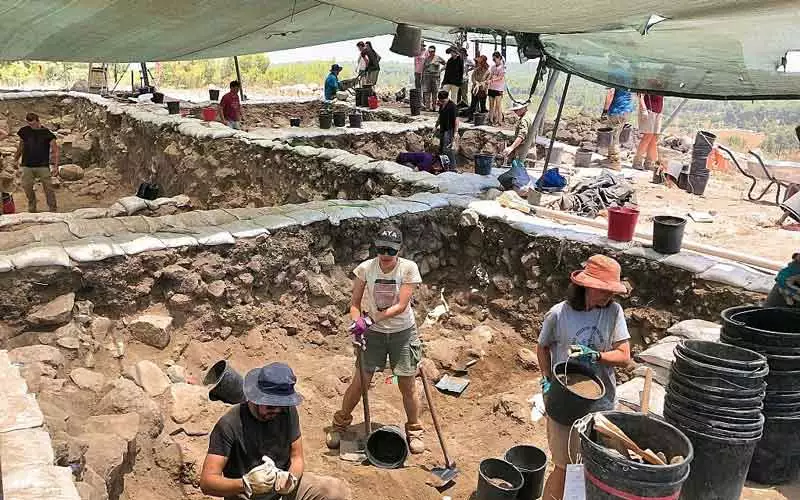
Volunteers working at the Khirbet a-Ra‘i excavation, possibly the biblical Ziklag, on July 8, 2019. (Amanda Borschel-Dan/Times of Israel)
The Throne Room Where Salome Danced
In the accounts found in Mark 6:21-29 and Matthew 14:3-11, John the Baptist’s execution by beheading is recounted. It involves Herod Antipas’ birthday celebration and a young girl, the daughter of Herodias, who, having danced for Herod and gained his favor, requested John’s head on a platter.
Recent developments suggest that the location where this event happened may have been identified! The Fortress at Machaerus, situated in the vicinity of the Dead Sea within Jordan, has long been subject to archaeological excavations Researchers believe to be the very throne room where the incident occurred. Plans are now in motion to reconstruct this infamous room.
Given the interest in historical and biblical sites among travelers, it’s conceivable that future tours might incorporate visits to this newly discovered site alongside popular destinations like Petra and Mt. Nebo, especially for groups venturing into Jordan.
Dead Sea Scrolls
A huge discovery in the caves surrounding the dead sea! Scroll fragments containing biblical texts dating back nearly 2,000 years were uncovered, adding to the other artifacts uncovered previously that have shed light on the history of Judaism, early Christian life and ancient humankind.
This new discovery contains the earliest known copies of parts of almost every book of the Hebrew Bible, other than the Book of Esther, written on parchment and papyrus. They were written in Greek and interestingly, the only word written in Hebew is “God”.
The excavation project yielded numerous rare and historically significant discoveries. Among them is a woven basket, complete with a lid, dating back approximately 10,500 years. This artifact stands out as possibly the oldest intact basket of its kind ever found! Additionally, archaeologists uncovered the remains of a child, estimated to be around 6,000 years old, in a partially mummified state. The child was buried in a fetal position and wrapped in cloth, adding further depth to our understanding of ancient burial practices.
Dating from about the third century B.C. to the first century A.D., the biblical and apocryphal texts are widely considered to be among the most significant archaeological discoveries of the 20th century!
Church of the Apostles
Legend has said that there was a church built 1400 years ago over the traditional home of brothers Andrew and Peter, the disciples of Christ, but no one knew where this church was. A team from Israel and the United States has been digging on an archeological site for more than 4 years and they now believe they are in the ancient fishing village that was known as Bethsaida and then Julias under Roman rule, although another site also is believed to be Bethsaida. A newly found Byzantine era church has given them reason to believe they are correct. This church was spoken of by an 8th century Pilgrim who described the church and it’s belief to be built on the brothers’ home. The mosaic floor of the “Church of the Apostles” was just uncovered this past summer, giving them what they feel is the proof that they are correct.
Hezekiah Watchtower
While Israeli paratroopers were training, they ran across something that joined them with those that went nearly 3,000 years before them, a military watchtower from the reign of King Hezekiah. Under the supervision of the Antiquities Authority, the soldiers performed an excavation of the King Hezekiah Watchtower site. It had a clear view of Ashkelon, a town that while now is near the Gaza strip was at the time a Philistine stronghold. “The connection to the land, and the fact that there were Jewish fighters [here] in the past, gave me a sense of purpose.” -Second Lieutenant Roi Ofir, Paratroopers Brigade Reconnaissance Battalion.
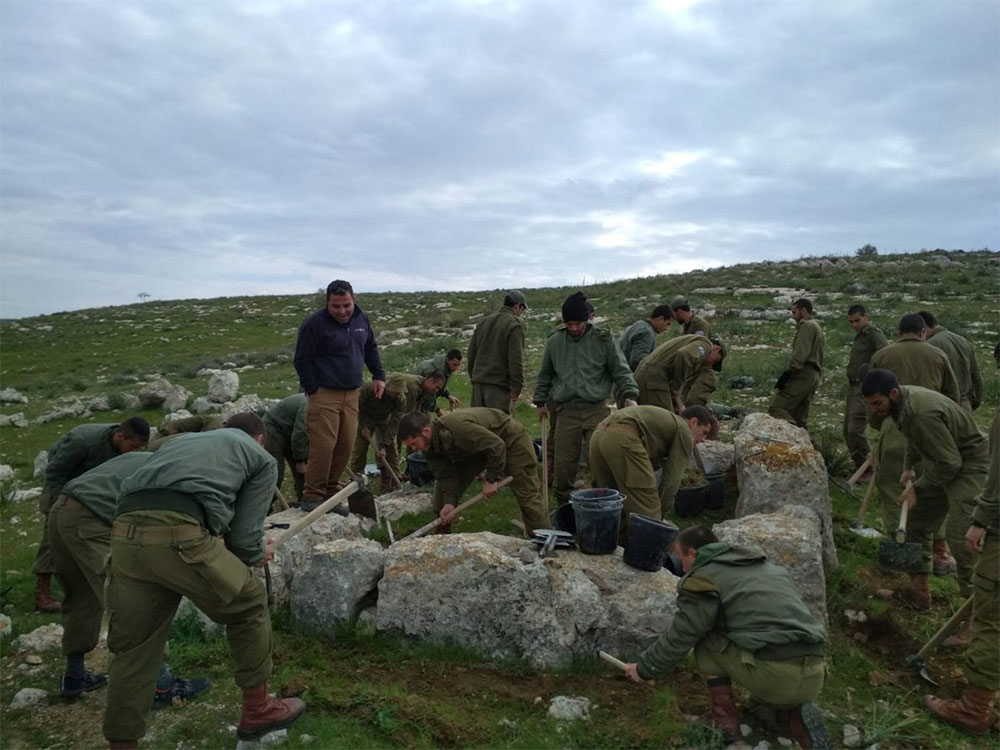
Hezekiah’s Tower
A Royal Palace
A well-preserved palace was discovered in the Jezreel Valley that likely served kings such as King Ahab who is documented in 1 Kings. This was likely used as an administrative site as a signs of a system of food distribution were found.
Church in Banias
A church has been located in Banias that was built in the 4th century and pilgrims left evidence of their visit to the location where Peter confessed his belief in Jesus’ deity (Matthew 16:13-20). The Bible and most people today refer to the area as Caesarea Philippi. The area was a center for cultic worship of the “god”, Pan. The found church was built upon an old shrine to Pan, which was common practice in the day. An alter to Pan was actually used as a building block.
Capitals Perhaps from David’s Palace
The City of David has long been a treasure trove of finds and continues to be so. This is where it is believed the palace of King David stood and proof continues to validate this thought. in 2020, beautiful capitals, the top of the columns were discovered to cheering and applause in an excavation. They have been dated to the First Temple period, and are very elaborate which means there is a good chance they were looked upon my King David himself. Amazing!
These biblical archaeology discoveries are just a snapshot of the many exciting finds throughout Israel and the Holy Land in the past year. We can’t wait to add some of these sites to our Christian Holy Land Tours in the years to come and it just another reminder that everyone has something new to see and learn in this wonderful Promised Land. May the findings of the past few years pave the way for even more enlightening biblical archaeology discoveries.

